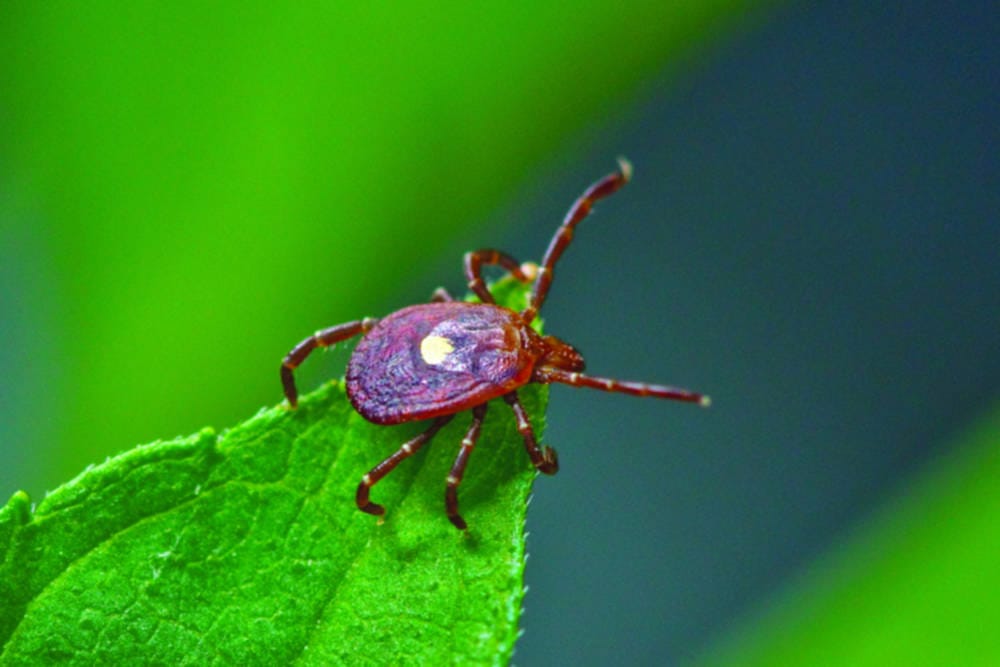Workings of a tick’s immune system
Ipsita Herlekar looks at how the immune system of ticks is adapted to host disease causing bacteria without being affected themselves

Have you ever been bitten by a tick? Hopefully not. But if you have, maybe make sure you are not infected with any of the near fatal diseases that ticks sometimes carry. Ticks, like mosquitoes can be vectors of diseases like Kyasanur Forest disease and the more widely spread Lyme disease which affects nearly 3,00,000 people in USA and 65,000 in Europe each year. Apart from causing extreme discomfort in the form of itchiness that sometimes borders on agony, people suffering from Lyme disease experience severe muscle aches, fatigue and high fever. How is it that the bacterium Borrelia burgdorferi responsible for Lyme disease affects humans to such a large extent, without harming the ticks themselves? Scientists from University of Maryland’s School of Medicine have now found out how ticks manage not to succumb to the infection of the bacteria they so generously harbour.
Though ticks appear similar to most insects, the functioning of their immune system has been found out to be very different. They seem to be missing the genes that are pivotal in directing immune response. Through a process called RNA interference, where RNA is used to obstruct the expression of a gene, a gene named IMD was identified that contains the key codes required to trigger an immune system response in mosquitoes. This gene was however missing in ticks. Several other crucial genes were also found to be missing. For example, PGRP, a crucial molecular component required for immune responses in mosquitoes, helps identify invading microbes by the presence of sugar in their cell walls and thereby triggers the immune system response. Though this molecular component was also found to be present in ticks, it did not seem to affect Borrelia burgdorferi in any way.
The pathways that link the immune system, the IMD and PGRP are the same in both mosquitoes and ticks, however the mechanism in which they work are entirely different. In mosquitoes and other insects, the immune system responses are triggered on the detection of sugar molecules in the cell wall of the invading bacterium. But the tick immune system is triggered upon detection of fat molecules instead.
Further examination of Borrelia burgdorferi revealed that it does not have a sugary cell wall that mosquitoes and other insects respond to, but that it has one composed of fat molecules instead. Ticks, therefore, appear to have an immune system that is specifically adapted to handle this. It is also believed that Borrelia burgdorferi may also contain an anti-freeze protein that helps ticks to thrive in freezing temperatures.
The differences in the mechanisms and workings of the immune system between insects and ticks are an indication that the two evolved separately. Scientists therefore believe that ticks and other insects have an evolutionary distance of nearly 500 million years, similar to that between humans and fish. Increase in the deer population is believed to be the reason why more people are being infected by Lyme disease in the recent years. Extended periods of warm weather further help the ticks not just to survive and persist, but also to spread. Ticks are most likely to catch the Borrelia ‘bug’ during their lymph stage from smaller animals like rodents and birds which they cling on to. As they grow bigger, they transfer onto larger hosts like deer. The deer however are not infected or affected by Borrelia burgdorferi, even though they play hosts to the ticks.
Scientists are now exploring ways in which the immune system of the ticks can be tweaked in order to strengthen it and make the ticks less vulnerable to a bacterial invasion. They hope this helps prevent transmission of bacterial infections like Lyme disease from ticks to humans.









